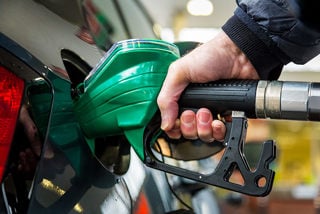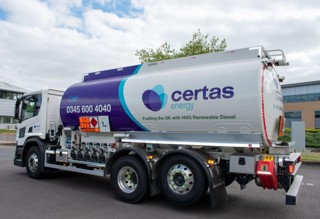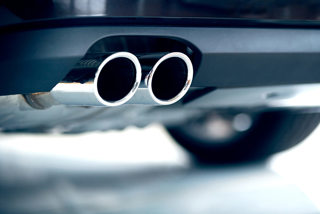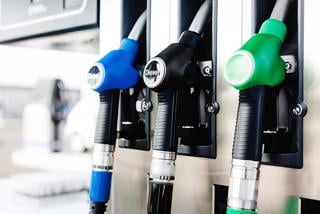The diesel obituaries published in 2017 turned out to be vastly premature but there is change in the air and public uncertainty driven by media hyperbole.
However, HMRC’s own assessment of the impact of the 1% Budget increase to the diesel BIK supplement assumed that around two-thirds of new fleet cars will still be diesels going forward from 2020.
We haven’t seen a serious impact on diesel residual values despite the uncertainty created by consumer media ‘noise’ around diesels.
However, there has been a narrowing of the diesel premium against petrol, particularly in the smaller car sector, partly driven by improvements in the performance of smaller petrol engines.
So, while the long-term trend is solidly towards ultra-low emission vehicles and a zero-emission future by 2040 (or 2032 in Scotland), diesel will definitely remain in the mix in 2018.
However, November’s Budget did fleets no favours at all when it tied the BIK and VED scales for diesels to an emissions standard (RDE2) that few if any vehicles yet meet.
Diesel still has an indisputable advantage over other fuel types, in terms of overall costs and longevity, especially for larger, heavier vehicles and higher business mileages.
There’s still every reason for companies to choose diesel for their ‘workhorse’ car and LCV roles.
Where the market is seeing change is around smaller vehicles, lower business mileages and occasional business users.
Here, the rapid proliferation of drivetrains offers fleet operators and their employees more choice than ever before.
The next few years were already going to be a somewhat bumpy ride while company car tax transitioned to battery-mileage-based scales for hybrids and higher official CO2 outputs under WLTP-based taxation now confirmed to come into effect in 2021.
We will be working hard in the coming months to help our customers explain the changes to drivers, as well as providing them with sustainable and cost-effective choices across the full range of existing combustion, hybrid and plug-in drivetrains.
Our unequivocal advice to senior fleet decision makers is that before you and your company make a knee jerk reaction to increases in company car taxation, first make sure that you fully understand the true costs of different approaches, as well as the health and safety implications.
Despite the BIK and VED increases, our analysis shows that for the majority of employees paying higher or lower rate tax, if you choose the right vehicle – in terms of its P11D value, CO2 output and fuel economy - the traditional company car scheme remains more attractive than a cash offering, both to the employee and the employer.
By Clive Buhagiar, Head of Pricing and Planning, Alphabet





















Login to comment
Comments
No comments have been made yet.